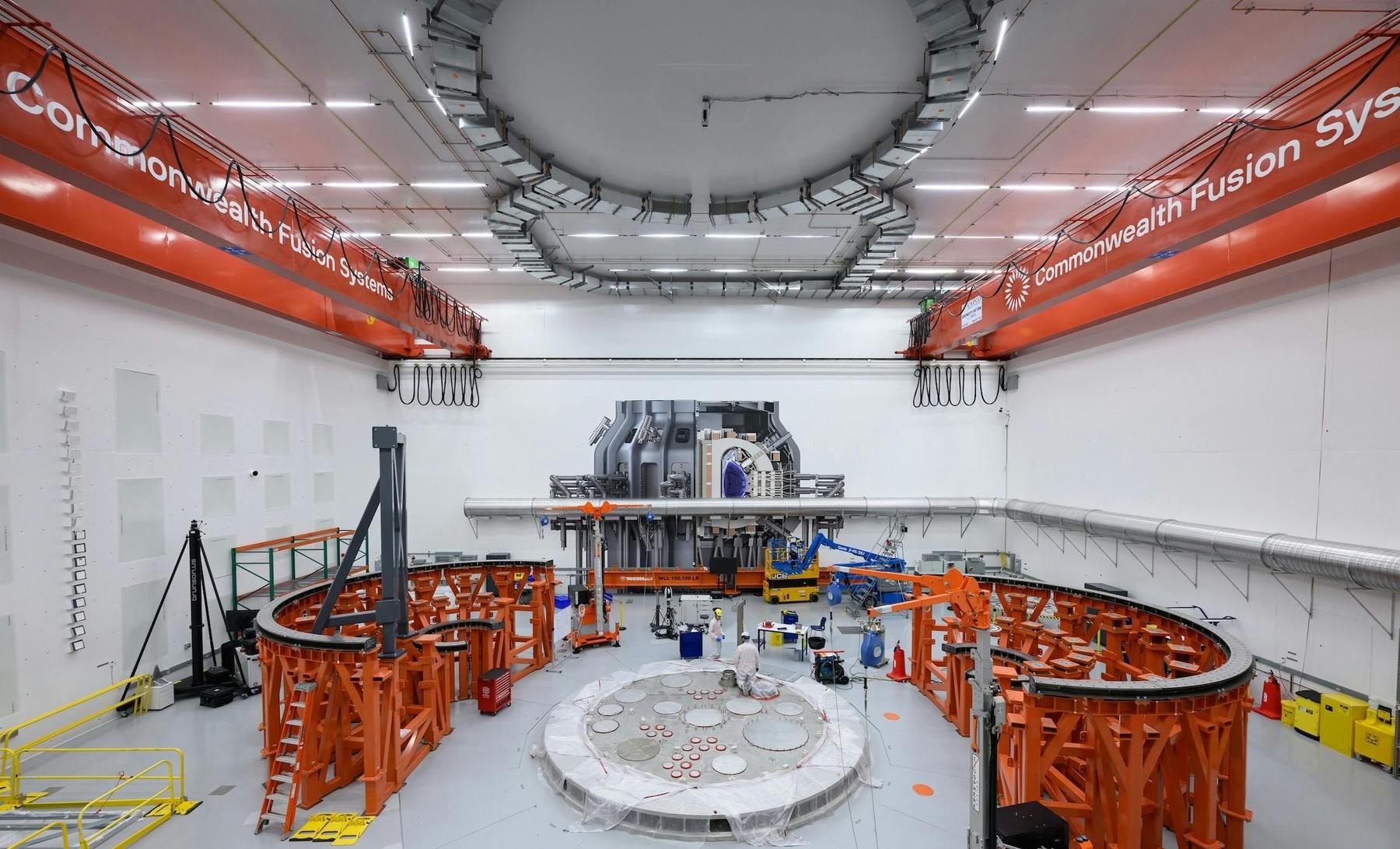Southern California Gas Co. (SoCalGas), GKN Hydrogen, and the National Renewable Energy Laboratory (NREL) are collaborating on an ambitious pilot project that could reshape the future of hydrogen storage. Located at NREL’s Flatirons Campus in Arvada, Colorado, the initiative will test a solid-state hydrogen storage system leveraging GKN Hydrogen’s metal hydride technology. This article delves into the project’s key features, technological implications, and potential for enabling a clean energy transition.
Revolutionizing Hydrogen Storage with Metal Hydrides
Traditional hydrogen storage relies on high-pressure gaseous tanks or cryogenic liquefaction, both of which present challenges in cost, safety, and efficiency. The project at NREL introduces a groundbreaking alternative: storing hydrogen in a solid state by bonding it with metal hydrides.
This method significantly reduces the need for compression and enhances safety. GKN Hydrogen’s system can store up to 500 kilograms of hydrogen at low pressure, presenting an efficient and compact solution. According to Jim Petrecky, COO at GKN Hydrogen, “Our storage systems promise significant potential benefits in the areas of safety, footprint, and operational and maintenance costs.”
By converting surplus renewable energy into storable hydrogen, the system aligns with global decarbonization goals. SoCalGas’s chief strategy and sustainability officer, Jawaad Malik, emphasizes the broader potential: “This demonstration project highlights how surplus renewable energy can be used to create and store clean renewable hydrogen to help sustainably meet our country’s growing energy demands.”

Integration with Renewable Energy Systems
A central objective of this pilot is to evaluate the integration of hydrogen storage with renewable energy technologies like solar and wind. The system uses electricity from renewables to split water into hydrogen and oxygen via electrolysis. The resulting hydrogen is stored in a solid state and later converted back to electricity through on-site fuel cells when demand peaks.
The ARIES (Advanced Research on Integrated Energy Systems) platform at NREL serves as the testing ground, enabling the exploration of real-world applications. Katherine Hurst, NREL’s principal investigator, highlights the platform’s significance: “This project will be the world’s largest hydrogen storage system connected to renewable energy, and the findings could be integral to advancing the interoperability of hydrogen technologies and renewable energies at scale.”
The pilot aims to validate how hydrogen storage can complement existing energy systems, from microgrids to large-scale industrial applications. This marks a step toward achieving a resilient and decentralized clean energy grid.
Economic and Environmental Impacts
The project represents a collaborative investment in hydrogen innovation, with $1.7 million in funding from the U.S. Department of Energy and an additional $400,000 from SoCalGas. These investments underscore the public and private sectors’ commitment to addressing critical challenges in energy storage and distribution.
Long-duration hydrogen storage could be instrumental in decarbonizing hard-to-electrify sectors such as steel, cement, and heavy transportation. Solid-state systems also reduce operational costs and extend equipment lifespans, offering an economically viable path forward.
Moreover, the use of renewable hydrogen addresses the intermittency issues associated with solar and wind power. Stored hydrogen can act as a buffer, ensuring energy availability during low production periods while reducing dependency on fossil fuels.
Opportunities for Scaling and Commercialization
If successful, this pilot could pave the way for widespread adoption of solid-state hydrogen storage. The ability to store hydrogen safely at low pressure makes it an attractive option for urban and industrial settings with limited space.
Potential applications include on-site energy generation for microgrids, integration into electric vehicle charging stations, and as a backup power source for critical infrastructure. Industries transitioning to green hydrogen could also benefit from more efficient storage systems, reducing overall project costs.
This project could set a precedent for global hydrogen storage standards, encouraging investments in similar technologies worldwide.
Climate Insider Analysis
The collaboration between SoCalGas, GKN Hydrogen, and NREL is an important step toward realizing hydrogen’s potential as a cornerstone of a net-zero economy.
- Technological Validation: The pilot demonstrates the feasibility of solid-state hydrogen storage, showcasing its potential to address critical challenges like safety and cost in renewable energy integration.
- Strategic Integration: By connecting hydrogen storage with renewable energy systems, the project aligns with global efforts to build a resilient and decentralized energy infrastructure.
- Commercial Potential: Success in this pilot could accelerate the commercialization of solid-state hydrogen storage systems, opening doors for their use in industrial decarbonization and urban energy solutions.
- Funding as a Catalyst: Federal and private funding highlights the importance of public-private partnerships in advancing clean energy innovation.
In the long term, this initiative underscores the role of innovative storage solutions in unlocking the full potential of renewable energy. By addressing scalability and interoperability challenges, the project offers a glimpse into a future where hydrogen plays a central role in achieving global climate goals.
Source: Pipeline and Gas Journal
Featured Image: Credit: GKN Hydrogen








